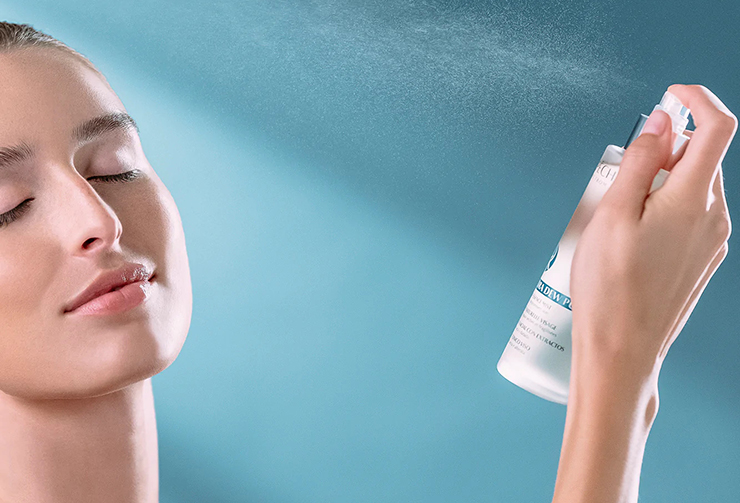
Thermal water for the face is a perfect companion for every lady. As a rule, thermal water has no contraindications and is recommended for all skin types. The Fashiongton Post will explain why this product should be in your skin care kit and how to use it correctly to get the most out of it.

What is thermal water?
Thermal water comes from thermal springs. The difference between thermal waters and mineral waters is in a higher concentration of mineral salts and trace elements. For comparison: a bottle of mineral water contains 6-7 types of salts, while thermal water has 15. The composition of thermal water is so rich that it is not recommended to drink it, in order to avoid an excess of minerals in the body. The best way would be to use it as a remedy for facial skin.
Thermal water itself is a condensate of steam released by magma. Rising to the upper layers of the earth and cooling along the way, the steam passes through a large number of rocks, dissolves minerals and gets purified. Unlike mineral water, thermal water is purer and rich in various useful substances.
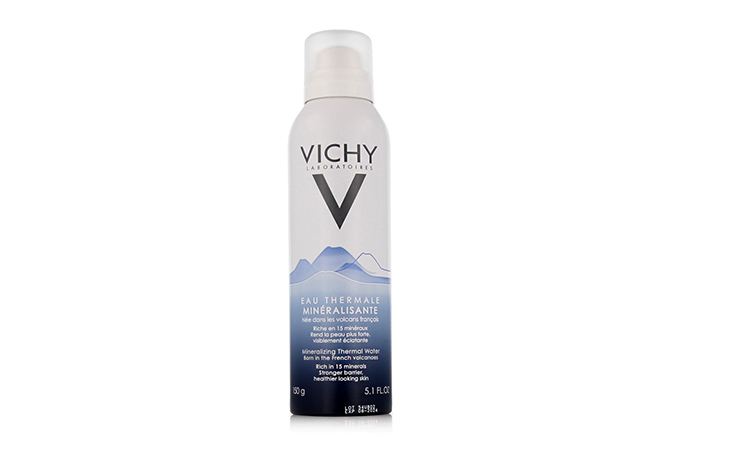
Thermal water instantly refreshes and softens the skin, fights itching and inflammation, relieves redness after intense sun exposure, protects against free radicals and soothes the skin after aggressive cosmetic procedures.
The main property of thermal water is to soothe and relieve skin irritation. The more calcium is in the water, the stronger the calming effect. Minerals, in turn, saturate the skin with oxygen and improve its metabolic processes, which evens out the tone and improves natural radiance.
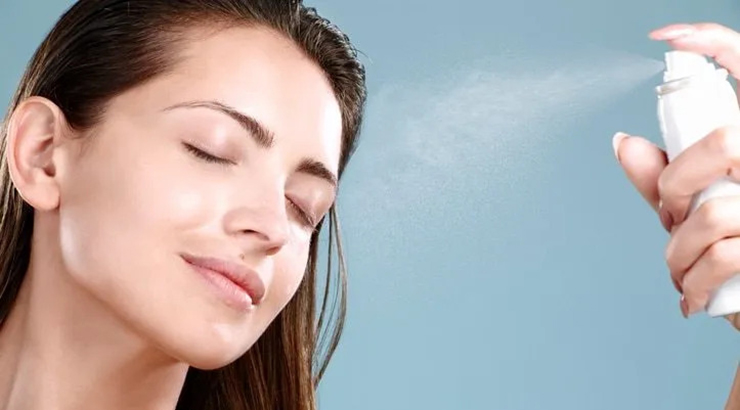
Types of thermal water
Thermal waters are divided according to the degree of mineralization, the ratio of potassium and magnesium salts, as well as the composition of oligoelements, that is, substances contained in any other product in very small proportions, but are of vital importance. It is thanks to various compositions that thermal waters are actively used in cosmetology: for oily, dry, normal skin, against acne, dermatitis, burns, and as post-procedure care. Some types of the thermal water will come in handy in the winter, when even normal skin can suffer from peeling and allergies to cold.
For dry skin, low mineralization is more suitable, and for oily and problematic skin, high mineralization is more suitable, with the presence of oligoelements such as manganese and zinc. Hypersensitive and allergy-prone skin responds well to isotonic water. The advantage of this type of thermal water is that it does not require blotting with a napkin.
For mixed skin type, water of low or medium mineralization is suitable, preferably containing zinc and silicon. The first is responsible for healing, and the second is for restoring skin immunity. Thermal water with selenium is best used for mature skin care. This component perfectly neutralizes the action of free radicals, protects the skin and slows down the aging process of cells.
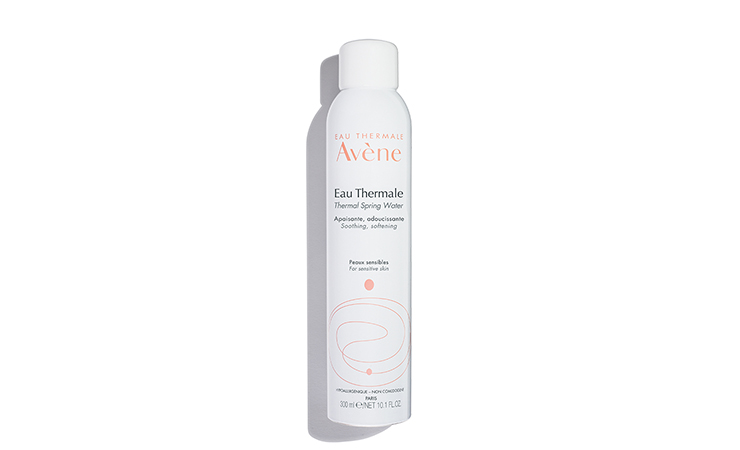
How to properly use thermal water?
Thermal water brings maximum benefit if it is sprayed onto cleansed skin, so use it after tonic, and before applying serum and cream. Thus the trace elements penetrate the skin as deeply as possible.
It is recommended to spray the product at a distance of 20-25 centimeters from the face. After application, lightly massage the skin, rubbing the drops with your fingertips. Excess water should be blotted with a paper towel after a couple of minutes.
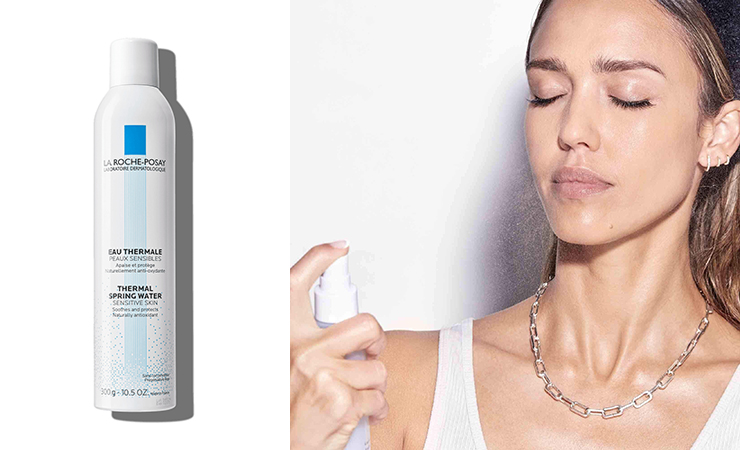
When to use thermal water?
Often, thermal water is recommended to be used in the summer, when the skin is prone to increased drying. However, practice shows that a bottle of thermal water should be used regardless of the season, especially where the skin is prone to irritation and negative environmental influences.
